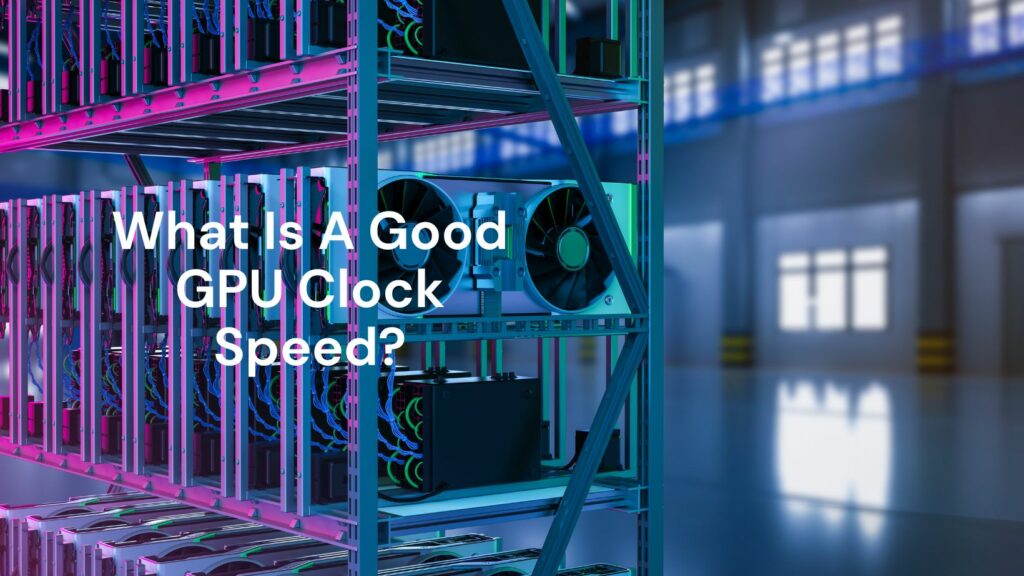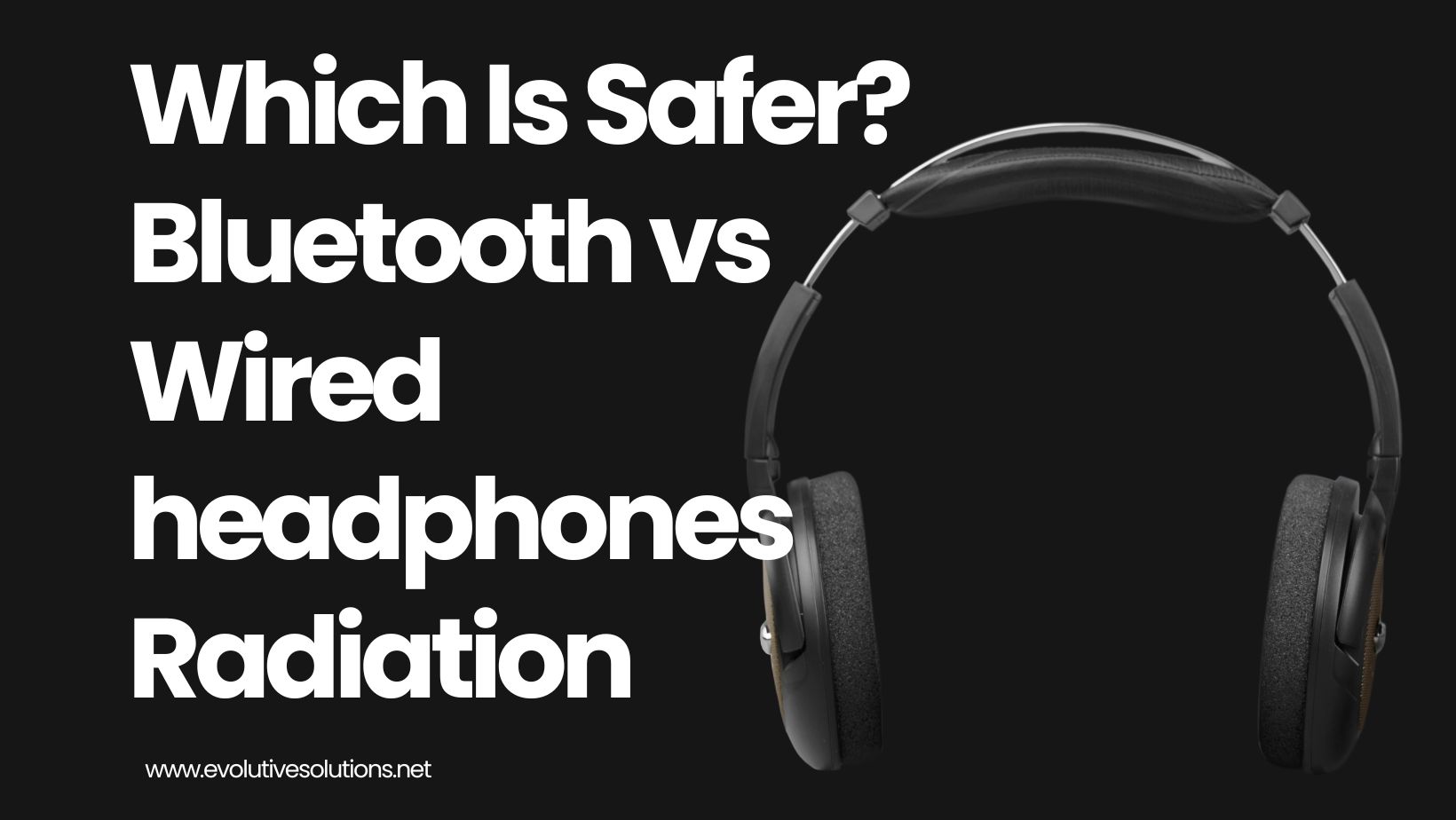
What Is A Good GPU Clock Speed?
If you’re in the market for a new graphics card, you may be wondering what is a good GPU clock speed. Well, wonder no more! In this blog post, I’ll give you all the information you need to make an informed decision. Keep reading to learn more!
Clock speeds are important because they dictate how quickly the GPU can process information.
Clock speeds are important because they dictate how quickly the GPU can process information. If you have a slower clock speed, your GPU will take longer to process information and may become unresponsive.
So, how does clock speed affect you? If you have a low-end graphics card, you may be using older games that only support lower frame rates.
Graphics cards with faster clock speeds will allow for smoother gameplay and faster load times. However, it’s possible that your graphics card will overheat if it is running too fast. This means that you may want to purchase a graphics card with a higher clock speed but lower core counts so that it doesn’t overheat while gaming.
A good GPU clock speed is important for gaming, as it can help to improve performance.
When it comes to gaming, a good GPU clock speed is very important. This is because a higher GPU clock speed is usually indicative of a more powerful GPU, and a powerful GPU can help to significantly improve gaming performance.
However, it is rarely a good idea to purchase a GPU solely for its clock speed, as other factors can significantly affect gaming performance. For example, the GPU’s memory speed is also important, as it helps to control how fast your GPU can send and receive data, which can also have a major impact on gaming performance.
When purchasing a GPU intended for gaming, it is a good idea to consider both of these factors; try to choose a GPU that offers both a high clock speed and a high memory speed.
Higher clock speeds can also help to improve the efficiency of the GPU.
Higher clock speeds can also help to improve the efficiency of the GPU.
The best clock rate for gaming is 3.2 GHz, which pushes the frame rate up to 85 fps. Off the clock, however, it’s roughly 4.1 GHz, or 80 fps.
Clock speeds can also vary depending on the type of graphics card that is being used.

There is also a difference between the clock speeds of the processors of GPUs. A GPU or Graphics Processing Unit for gaming purposes is one of the main components in any gaming computer. These GPUs are designed to handle all of the graphics needed for the computer to play games.
However, clock speeds can also vary depending on the type of graphics card that is being used. For example, a Tesla K40 GPU has a clock speed of 1.17 GHz. However, this clock speed can vary depending on the type of graphics card being used.
It is important to consider clock speeds when choosing a graphics card.
It is important to consider clock speeds when choosing a graphics card. When choosing a graphics card for your computer, you may notice that there are many numbers associated with the card. These numbers indicate different things about the performance of the card.
The main numbers you will want to consider are the core clock and the memory clock. The clock speed is the number of cycles that the RAM and the CPU go through each second. This is the most important number because it seems to be the best indicator of how well a graphics card will perform for you.
Faster clock speeds mean better performance. However, you must also pay attention to the other specifications of the card, such as the memory size and the amount of RAM.
Some graphics cards have higher overclocking potential than others.
The clock speed of graphics cards indicates the number of times the card’s processor clocks itself up per second. The clock speed of a processor is normally not as important as other metrics, such as the amount of RAM in a computer, for example. However, when it comes to gaming, higher clock speeds are obviously better.
Nvidia cards usually have a clock speed of between 1,000 and 1,200 MHz. That might sound high, but AMD cards can reach up to 1,500 MHz, which is slightly faster.
If you get a card with a high clock speed, you might be able to overclock it. That would mean subdividing the clock speed so that it’s higher than it should be. Doing this will mean that the card runs faster, so it can be used for gaming.
The biggest benefit of overclocking a graphics card is that it will increase its processing speed. However, there is a bit of a risk with this: if you overclock the card too much, you could reduce the lifespan of the graphics card.
So, if you want to overclock your card, you should make sure that you’re going to use it for gaming – and that you know what you’re doing. If you overclock your card too much, it could cause damage to other parts of the computer.
Clock speeds can be increased by overclocking the graphics card.
If your graphics card isn’t performing up to your standards, you can look for a more efficient clock speed. This can be accomplished by increasing the clock speed of the GPU.
The easiest way to set your graphics card’s clock speeds is by using the overclocking software that came with your graphics card. This software is usually very intuitive and will allow you to easily increase the clock rates. However, if you are uncomfortable making changes to your graphics card settings, or if your graphics card does not have built-in overclocking software, you can set the clocks manually.
Conclusion
Now that you understand how graphics cards are rated for clock speed, you’re ready to make an informed decision. There are several factors that come into play when you’re comparing graphics cards. These include the GPU clock speed, amount of memory, and GPU upgrades. I hope this article helped you make an informed decision about the best graphics card for your needs. If you have any questions regarding this post, please don’t hesitate to contact me. Thanks for reading!






